Treatment Offered
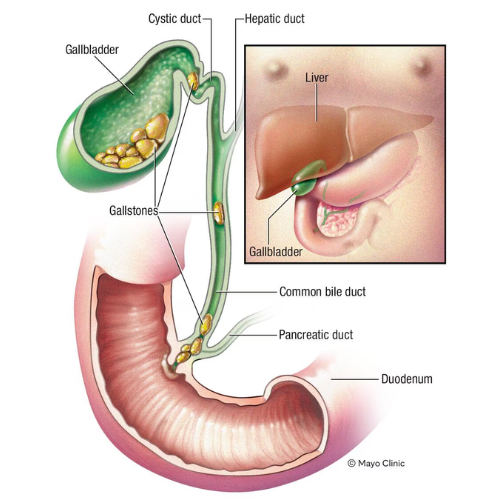
Gallbladder Disease
Gallbladder disease can include inflammation, infection, gallstones, or blockage of the gallbladder. The most common symptom is pain in the upper right abdomen.
Symptoms
● Pain in the upper right abdomen, near the rib cage
● Pain that can radiate to the upper back
● Nausea or vomiting
● Fever or chills
● Light-colored stool
● Brownish-colored urine
● Yellowing of skin or whites of eyes
Causes
● Gallstones, which can block the tube that drains bile from the gallbladder
● Tumors, which can prevent bile from draining out of the gallbladder
● Infections, such as AIDS, which can cause gallbladder swelling and irritation
● Serious illness, which can damage blood vessels and lessen blood flow to the gallbladder

Appendix
The appendix is a small, tube-shaped organ attached to the large intestine in the lower right abdomen.
Function
● The appendix's exact function in humans is unknown, but it may help with digestion in other animals.
● It may also act as a safe house for beneficial bacteria that can repopulate the gut after an illness.
Appendicitis
Appendicitis is inflammation of the appendix. It can occur when the appendix becomes blocked by food, stool, or parasites. This blockage can lead to infection and swelling. Appendicitis is a medical emergency.
Symptoms
● Pain that starts near the belly button and moves to the lower right abdomen
● Pain that worsens with movement, breathing, coughing, or sneezing
● Abdominal swelling or tenderness and Fever
Treatment
● Antibiotics may be enough to treat appendicitis, but surgery is usually required.
● Surgery can be performed using laparoscopy, a minimally invasive procedure that involves making a small incision.

Hernia
A hernia is a bulge or lump that occurs when an organ or tissue pushes through a weakness in the abdominal wall. Hernias can occur in the abdomen, groin, upper thigh, or belly button.
Symptoms
● A bulge or lump in the abdomen or groin
● Aching pain or discomfort
● A feeling of pressure
● A tugging sensation in the scrotum
Causes
● A weakened or torn muscle wall or tissue
● Increased intra-abdominal pressure from obesity, chronic cough, heavy lifting, or straining
● A family history of hernias
● Certain diseases like chronic obstructive pulmonary disease (COPD), Ehlers-Danlos syndrome, and Marfan syndrome

Varicocele
A varicocele is a swelling of the veins within the scrotum. It occurs when blood pools in the veins instead of flowing properly out of the scrotum.
Symptoms
● Pain that can feel dull and heavy, or sharp
● Pain that increases with activity and improves when lying down
● Swelling in the scrotum
● One testicle may be smaller than the other
Causes
● Valves in the testicular veins don't work properly.
● Blood backs up due to a problem with blood flow in the spermatic cord.
Treatment
● Often harmless and doesn't require treatment
● Surgery can improve fertility and sperm count
Diagnosis
● A doctor can detect a varicocele during a routine physical exam
● An ultrasound of the scrotum can help confirm the diagnosis
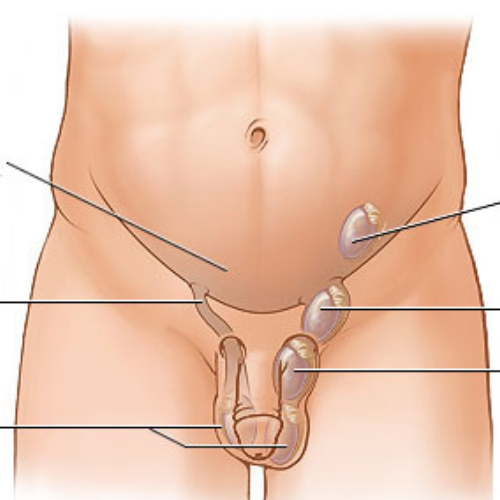
Undescended Testi
Undescended testis, also known as cryptorchidism, is a condition where one or both testicles haven't moved into the scrotum. It's the most common birth defect of the male genital tract.
Causes
● Premature birth or low birth weight
● Family history of undescended testicles
● Health conditions in the baby, such as cerebral palsy or a problem with the wall of the abdomen
● Maternal diabetes, alcohol use, smoking, or exposure to pesticides during pregnancy
Treatment
● In most cases, no treatment is necessary because the testicles will usually move down into the scrotum naturally within the first 3 to 6 months of life
● If the testicles don't descend by 6 months, a surgical procedure called an orchidopexy will be recommended
Risks
● Waiting longer than 12 months to treat undescended testicles may increase a boy's risk of developing fertility problems (infertility) or testicular cancer later in life
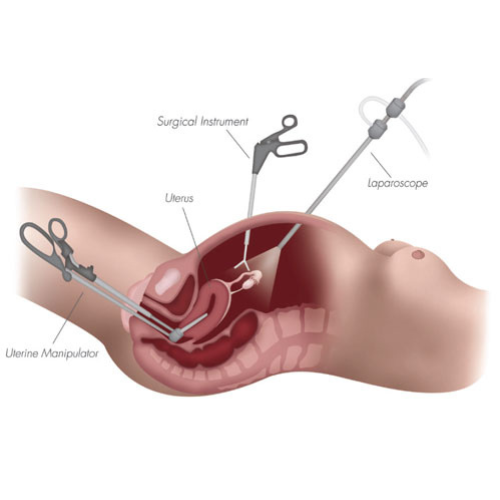
Hysterectomy
A hysterectomy is a surgical procedure to remove the uterus and sometimes other reproductive organs. It's a common treatment for a variety of conditions, including abnormal bleeding, pelvic pain, and uterine fibroids.
Types of hysterectomy
● Total hysterectomy: Removes the uterus and cervix
● Supracervical hysterectomy: Removes the uterus but leaves the cervix
● Radical hysterectomy: Removes the uterus, cervix, both ovaries, both fallopian tubes, and nearby tissue
Side effects
● Vaginal bleeding and discharge
● Bowel and bladder changes, such as constipation or urinary tract infections
● Menopausal symptoms, such as hot flushes and anxiety
● Emotional effects, such as sadness or loss
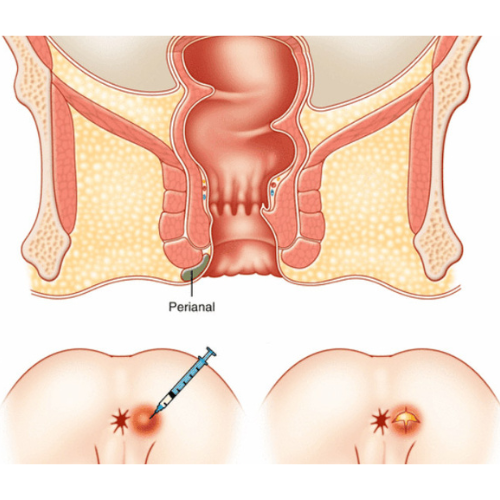
Proctology
Laser proctology is a minimally invasive procedure that uses a laser to treat conditions of the anus, rectum, and colon. It's used to treat hemorrhoids, anal fissures, fistulas, and pilonidal sinuses.
How it works
● A colorectal surgeon uses a laser to burn or cut the affected tissue
● The procedure is bloodless and scarless
● It's usually performed with local or general anesthetic
Benefits Less pain and bleeding than traditional surgery, Faster recovery times, Shorter hospital stays, and Fewer complications.
What to expect after treatment
● Mild discomfort and pain may occur after treatment
● A warm soak or ice pack can help relieve pain
● You should complete any medication prescribed by your doctor
● Follow up with your doctor after 1-2 weeks
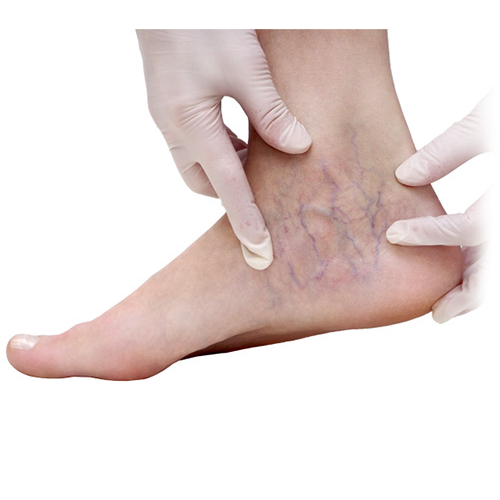
Varicose Vein
Varicose veins are swollen, twisted veins that usually appear in the legs. They can be uncomfortable and noticeable, but they are not usually serious.
Symptoms
● Bulging, bluish veins
● Itching or burning around the veins
● Skin color changes around the veins
● Swelling in the legs
● Aching pain in the legs
● A feeling of heaviness in the legs and feet
● Nighttime leg cramps
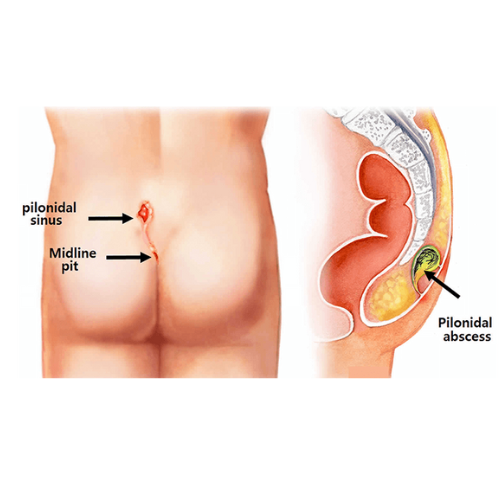
Pilonidal sinus
A pilonidal sinus is a small hole or tunnel in the skin between the buttocks. It can become inflamed and infected, and may lead to a painful abscess.
Symptoms
● Pain, swelling, and redness
● Fluid drainage
● Blood, pus, or foul-smelling drainage
● Protruding hair
Treatment
● Antibiotics: A broad-spectrum antibiotic can help with infection and discomfort
● Lancing: A doctor uses a scalpel to open an abscess
● Phenol injection: A doctor injects phenol into the cyst
● Surgery: A doctor opens the lesions and removes pus and debris
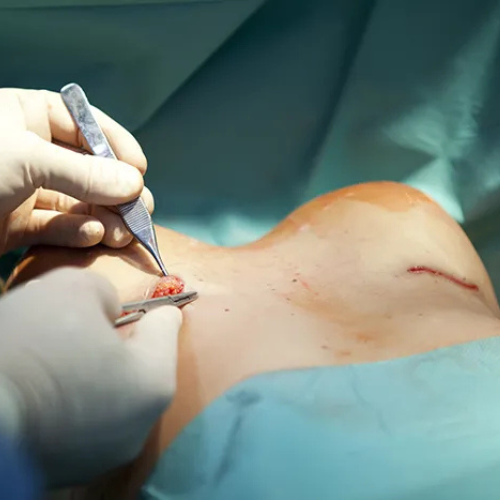
Breast Surgery
Breast surgery is a procedure that can be performed on the breasts of both men and women. It can be performed for medical or cosmetic reasons.
Medical reasons
● Breast cancer surgery: To remove part or all of the breast and lymph nodes to treat cancer
● Preventative surgery: To remove breasts to prevent breast cancer
● Breast reduction: To decrease breast size
● Lumpectomy: A breast-conserving surgery that removes part of the breast
Cosmetic reasons
● Breast augmentation: To increase breast size, change shape, or alter texture
Breast reconstruction
● To create a breast-like shape after a mastectomy
● To replace a breast that was removed
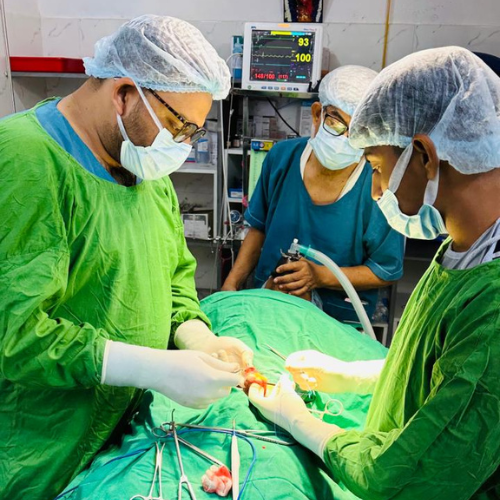
General Surgery
General surgery is a medical specialty that involves diagnosing and treating a variety of diseases in the abdomen, breast, head and neck, blood vessels, and digestive tract. General surgeons are trained to perform a wide range of surgeries, including simple and complex procedures.
Common general surgery procedures:
● Appendectomy: The surgical removal of the appendix to treat appendicitis
● Cholecystectomy: The surgical removal of the gallbladder to treat gallstones or prevent infection or gallbladder cancer
● Hernia repair: A surgical procedure to repair a bulge in the groin, belly button, or chest
● Anti-reflux surgery: A surgical procedure to treat reflux
● Bariatric surgery: A surgical procedure to help with weight loss
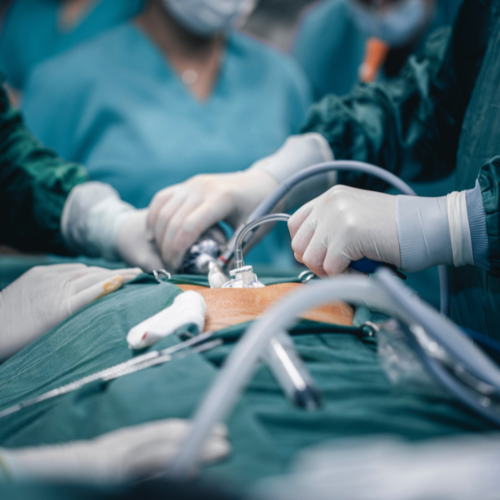
Emergency Surgery
Emergency surgery is a surgical procedure that's performed to treat a life-threatening or urgent medical condition. It's usually performed within 24 hours and may require immediate admission to the hospital.
Examples of emergency surgery Acute appendicitis, Serious injuries from an accident, Testicular torsion, Urinary obstructions, and Intra-abdominal infections.
Emergency surgery procedures
● Resuscitation, including intravenous fluids
● Control of hemorrhage
● Early débridement of wounds to prevent sepsis
Emergency surgeon skills
● Assess the need for surgery
● Know when to involve help from other specialist surgeons
● Perform life-saving procedures
● Have good decision-making skills
 +91 8617494072
+91 8617494072 drprassy10@gmail.com
drprassy10@gmail.com